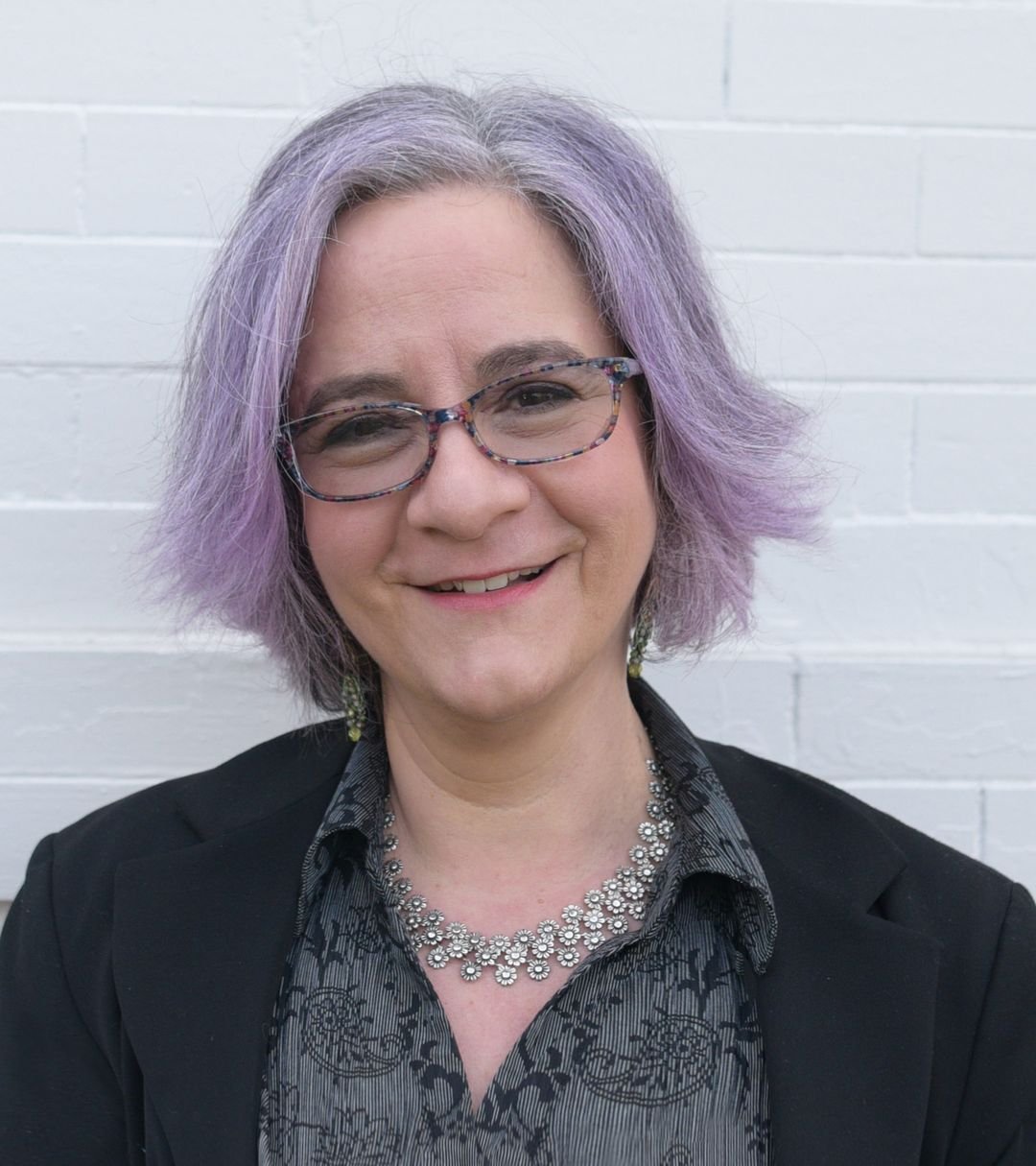Thanksgiving As An Intercultural Opportunity: Shifting Classroom Practices To Move Beyond The Single Story
by: Jennifer D. Klein
While the Thanksgiving holiday is viewed as a celebration of friendship and family in many homes and schools, with a story of positive relationships across cultures at its core, Thanksgiving is a challenging holiday for many cultural groups in the United States. For most indigenous communities in the U.S., Thanksgiving is symbolic of early colonization—and the marginalization and disenfranchisement that comes from that colonization today. Particularly because the holiday is often rife with stereotypical and inauthentic representations of the indigenous experience, it is not as inclusive as we might want to believe.
Many classroom practices around Thanksgiving only serve to deepen students’ single story about the holiday (see Chimamanda Adiche’s now famous TEDTalk, “The Danger of the Single Story”). Dressing up like Pilgrims and Native Americans, or creating stereotypical displays, can lead to two-dimensional ideas about both groups. Such misrepresentation hurts students’ ability to understand and honor the real multiplicity of indigenous cultures in the United States, both historically and currently, as well as the impact of their interactions with early Europeans settlers. This doesn’t mean that educators shouldn’t teach about Thanksgiving, however; recognizing the complexity of the holiday means we have an opportunity to build students’ broader conception of community and intercultural experience in the U.S., moving from the single story of Native Americans and pilgrims to a diverse and multi-layered understanding of the real Thanksgiving story and of the myriad ways we celebrate gratitude and place in our cultural patchwork in the U.S. today.
Strategies for an Inclusive Thanksgiving in the Classroom (and Home):
Understand the Thanksgiving story from indigenous perspectives.
It is easy enough to vary what we read with students during the holiday season, and there are stories for all age groups that can help young people explore different perspectives on the Thanksgiving story and how it reflects the complex history of the United States. Be sure that readings on the Native American experience are written by indigenous authors, however, to ensure authentic representation (see story good collections for Thanksgiving from Your Parenting Mojo and Pragmatic Mom, both part of the #OwnVoices movement). Just like global educators use a variety of primary sources to look at a given event or topic from a myriad of cultural or political perspectives, Thanksgiving invites us to help students connect with multiple narratives, not just the dominant one.
If you can, it is even more powerful to connect your students with real living people, with local or global indigenous authors, community leaders, and artists who can help young people of all ages connect with real, current indigenous thought and experience. Focus on developing an asset lens with your students, so your class can let go of the myths and negative archetypes around Native American life (such as the downtrodden “noble savage”), and can see indigenous communities as living cultures with rich, full lives and traditions. (For an incredible array of authentic resources for Thanksgiving, including historical perspectives on the encounters between pilgrims and Wampanoag—and what really happened 400 years ago—see Rethinking Thanksgiving from the National Museum of the American Indian at the Smithsonian.) It is particularly useful for students to understand the Thanksgiving story from the perspective of the Wampanoag Peoples in particular, the indigenous community most directly impacted by the arrival of the pilgrims, many of whom consider Thanksgiving a Day of Mourning (see a variety of modern Wampanoag youth perspectives on Thanksgiving, appropriate for middle or high school students).
Thanksgiving also provides an opportunity for students to grapple with the lines between immigrant and conqueror, with the difference between those who leave their countries to improve their lives and those who do so with the intention to dominate or take advantage of others. Unpacking the difficult history beneath the traditional Thanksgiving story, and the very real colonization that followed that famous feast, offers students more authentic insights into both the history of indigenous life in the U.S. and the current realities faced by indigenous cultures around the world today. Further, such explorations in the context of world history can help students understand how systemic exclusion and social/economic disenfranchisement are modern manifestations of the history of colonization and cultural domination.
Celebrate Thanksgiving as the story of the immigrant.
Another powerful way to make Thanksgiving more interculturally inclusive is to focus your classroom celebrations on what it means to be an immigrant. Whether you have international students in your school or not, this approach allows all students to develop deeper understandings about human migration and diaspora, to understand the circumstances that make someone leave their country in search of a better life, and to empathize with the challenges immigrants encounter in their new homes. In its essence, the Thanksgiving story is one of arriving to a new place; it is the story of the immigrant and the refugee at the same time that it is the story of indigenous America and the encounter between cultures. If we teach about Thanksgiving this way, we allow more students to make authentic connections between the holiday and their own lived experiences, and to share those lived experiences in our classrooms.
One of my favorite Thanksgiving stories for children has always been Molly’s Pilgrim (Barbara Cohen), which first helped me see the story in a more inclusive way in my teens. Molly, a Jewish immigrant from Russia, brings home a stereotypical assignment to make a pilgrim doll, but she falls asleep before she can complete it. Her mother takes over, and when Molly wakes up, she discovers that her mom has created a doll that looks like her. Instead of being told that she did the assignment wrong, Molly’s teacher uses the doll to help her and her peers see that Molly is a pilgrim herself because she and her family fled religious persecution. (See a lovely reading of Molly’s Pilgrim by the author, in which Cohen makes the connection between the traditional pilgrim story and the experience of the immigrant.)
As students learn more about the experiences of the immigrant, particularly those of refugees, most age groups will want to help. While soup kitchens are overrun with volunteers during Thanksgiving week, having students do service learning can be a great way to follow up after Thanksgiving. There are many organizations working in concert in any given community, to support new refugees in your region, from local churches to community centers that dedicate themselves to the wellbeing of immigrants. Getting students involved in the work of these organizations, and giving them opportunities to know and connect with recent immigrants through empathy interviews, can help build a more intercultural understanding of life in the US throughout the school year.
Share family celebrations in ways that build students’ sense of intercultural community.
The Thanksgiving holiday isn’t celebrated the same way in every home in the US, and recognizing our diverse celebrations is another way to make the holiday more inclusive and help students better understand its complexity. In fact, sharing how we celebrate Thanksgiving in different families and cultures can help build students’ understanding of and appreciation for diversity in the United States and how culture impacts individual experience (see the article I wrote for my mother many years ago, “Portrait of an Outsider: Lamentations on Growing Up Jewish in the American Melting Pot,” on my own experience with dominant U.S. holidays).
If I were still in the English classroom today, I would use Cuban-American Richard Blanco’s poem “América” to help older students explore how families adapt U.S. holidays to their own cultural traditions, including the foods they serve (see strategies for teaching the poem in connection to Thanksgiving). Every family has their own unique dishes, often passed down for generations and always a manifestation of family culture, and that multiplicity is a wonderful way to make Thanksgiving celebrations more inclusive. I love to imagine Thanksgiving celebrated in the classroom through a potluck, in which each student brings a dish to share, ideally with an intentional focus on favorite foods less traditionally associated with the holiday. While food is only an entry point into deeper intercultural inquiry, residing at the top of the iceberg of culture, it is still a wonderful entry point that students of all ages enjoy. In fact, eating a meal together—often referred to as breaking bread, is an expression of community in almost every culture on the planet. If we can build opportunities for students to share their families’ dishes, to explain their importance (whether cultural or otherwise), and to eat a multicultural meal together, food becomes a way to build classroom community by getting to know each other better and celebrating each other’s traditions.
Focus Thanksgiving activities on practicing gratitude.
The practice of gratitude and the expression of thanks is one that transcends cultural boundaries, so much so that gratitude appears to be baked into the DNA of humans as a species. Every culture has rituals around giving thanks, and many have extensive philosophies about when and how to do so. Indigenous cultures practice gratitude in myriad ways, many cultures offering an expression of gratitude at every important event. Focusing on what our students are grateful for, both individually and collectively, can help us honor the name and intention of Thanksgiving in an inclusive, deeply human way.
Consider having students not just share about what they’re grateful for, but investigate the way different cultures around the world manifest their gratitude, both formally and informally. How do language and culture shape the way we think about gratitude in different parts of the world? How does it feel to give and receive gratitude, and how can we make it a more ingrained practice in our classrooms? Classroom activities can help students dig deeper than gratitude for a good grade or a big turkey on the Thanksgiving table, helping them notice the nuances of the community surrounding them and take the time to recognize why each contribution matters.
Ideally, students should be central protagonists in defining how they believe their classroom can improve its rituals around gratitude. Practicing gratitude has been shown to improve both physical and mental health, so it’s something we should foster in students throughout the year—but Thanksgiving is a great excuse to get started if you haven’t done this before in your classroom. And if Thanksgiving produces images of gratitude for the walls of our classrooms, images we can keep up through the end of the semester or year, perhaps they can also serve as an antidote to the materialism that we so often see explode in the weeks between Thanksgiving and end of year celebrations like Christmas and Hannukah. Some teachers keep gratitude jars, boards or trees the whole year, inviting students to regularly contribute notes about people or experiences they’re thankful for, and building weekly rituals around pulling notes to read as a class. (See more on the benefits of gratitude and strategies for fostering and expressing it.)
However we celebrate Thanksgiving in our classrooms, the most important thing we can do is to allow all children to feel honored and included in how we view and talk about history, to move all of us beyond the single story to an understanding of the multiplicity of our classrooms, societies, and traditions. All children deserve to have opportunities to share who they are, to learn from each other, and to see themselves reflected in the classroom. Activities that misrepresent or ignore any cultural group’s experiences and lives have a direct, harmful impact on all children; conversely, activities that help children understand a more diverse array of stories and experiences help them grow into adults who seek out that diversity with curiosity and an inclusive heart, on Thanksgiving and every day of the year.
Jennifer D. Klein is the CEO, Principled Learning Strategies, Author of “The Global Education Guidebook” and “The Landscape Model of Learning,” as well as a Speaker, Facilitator, and Coach

